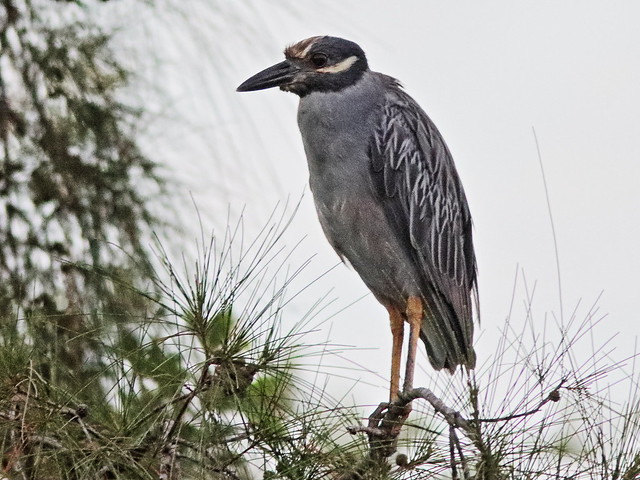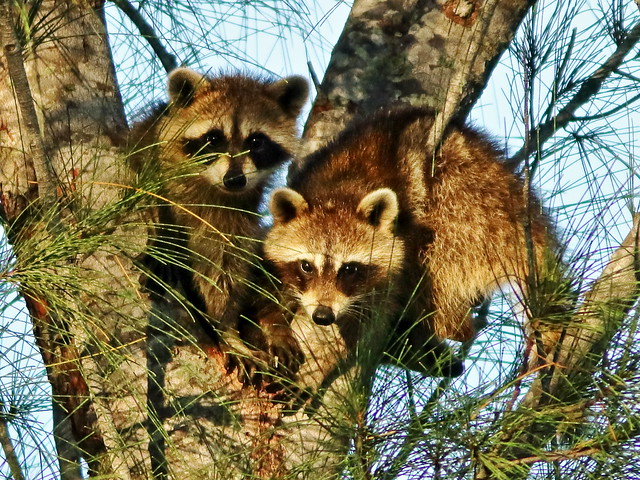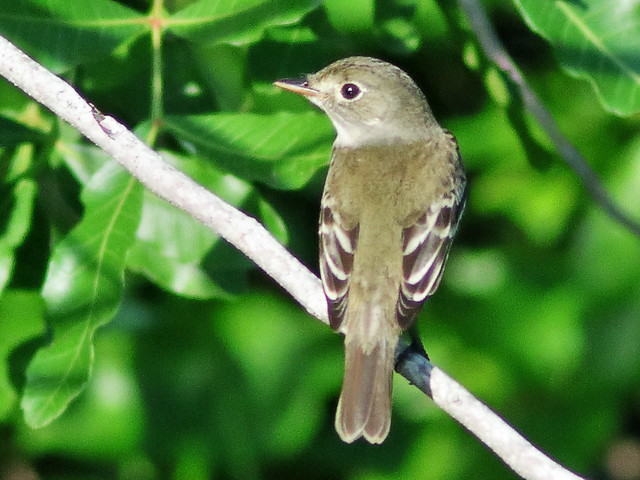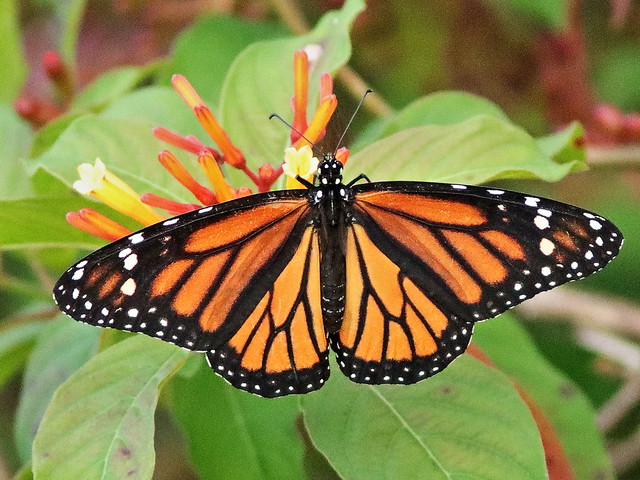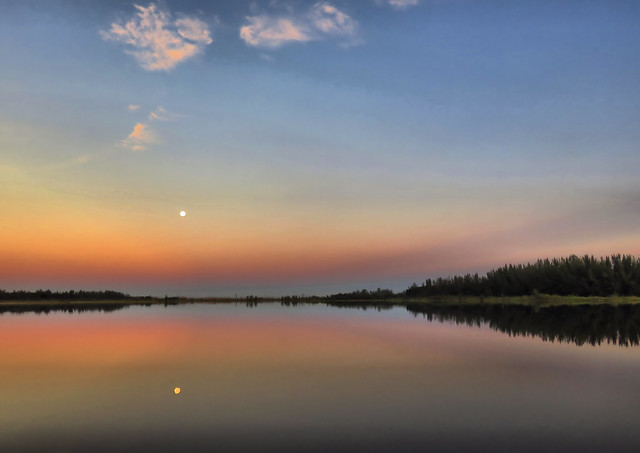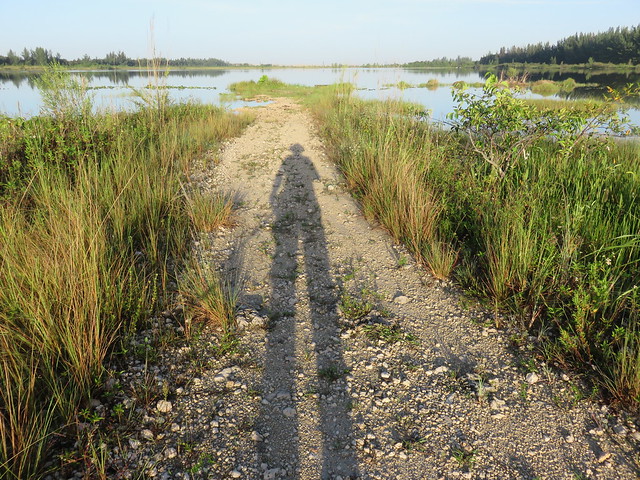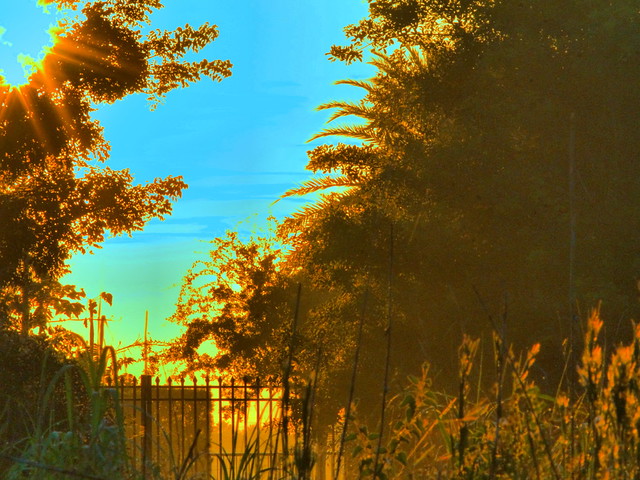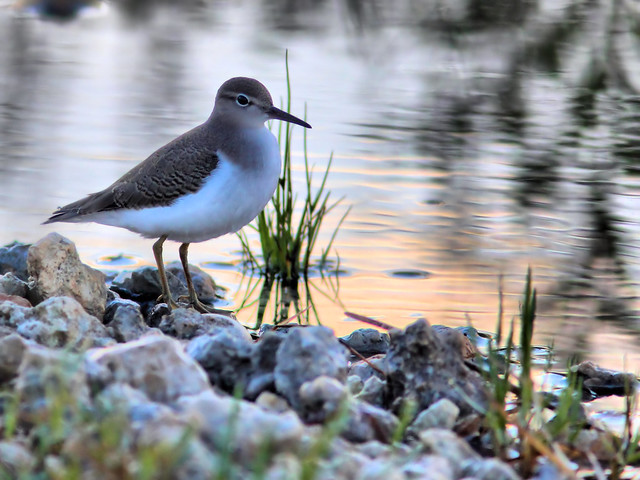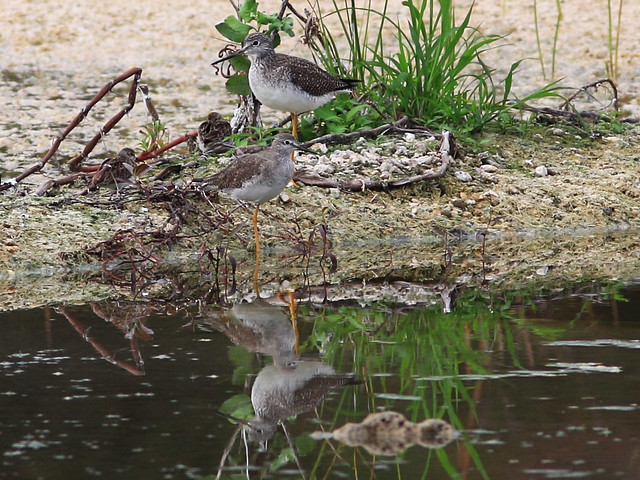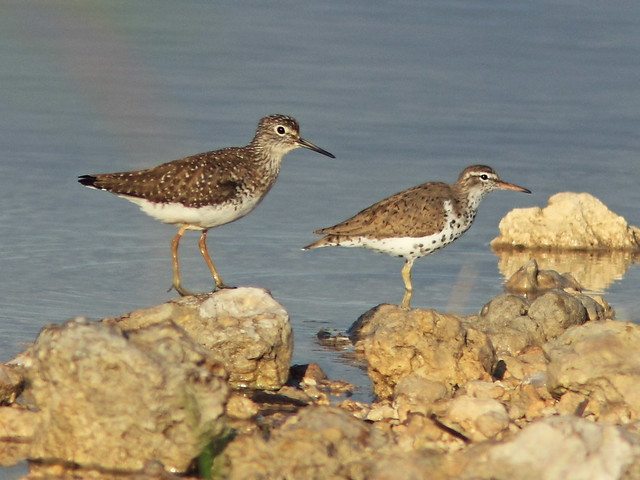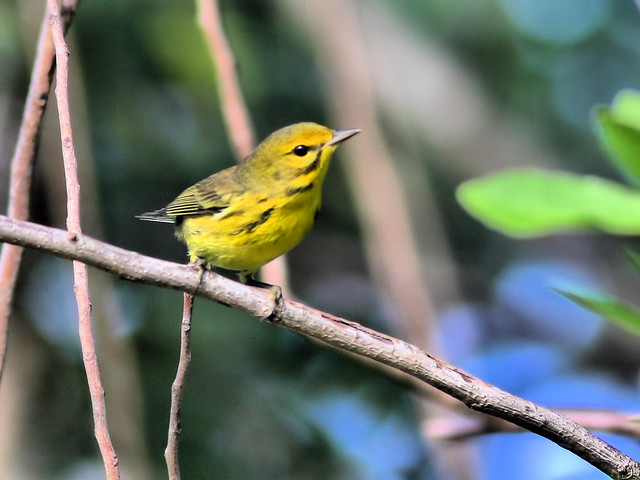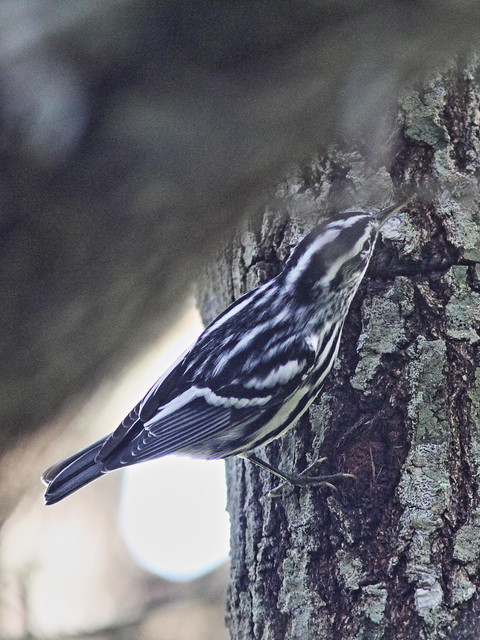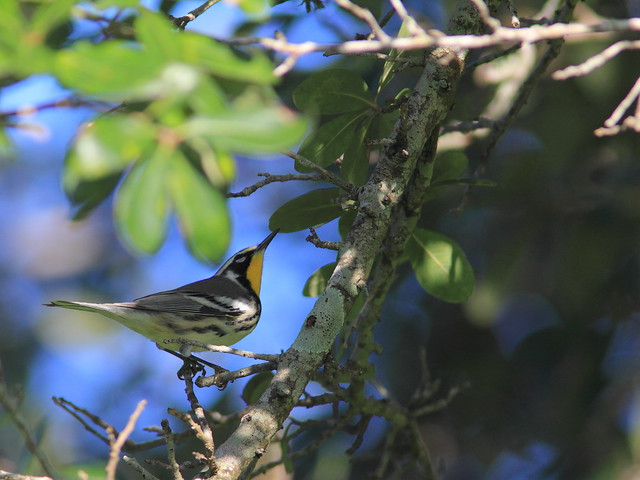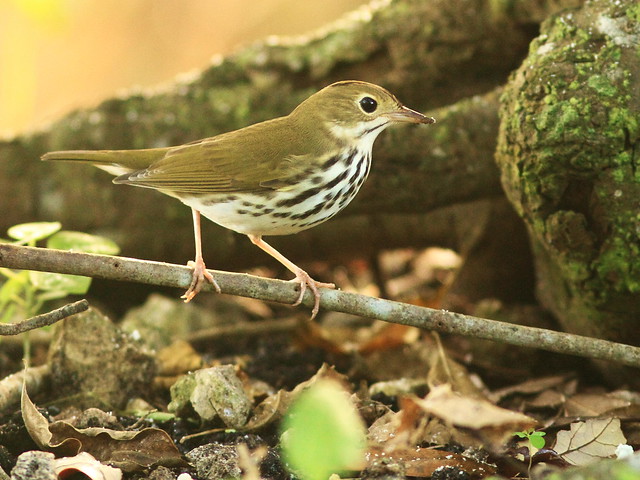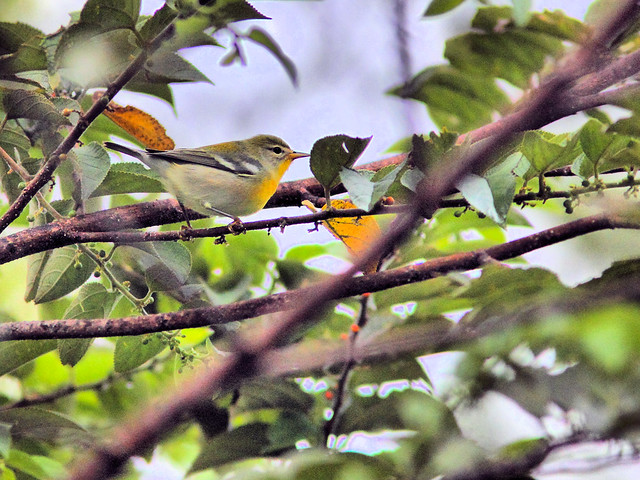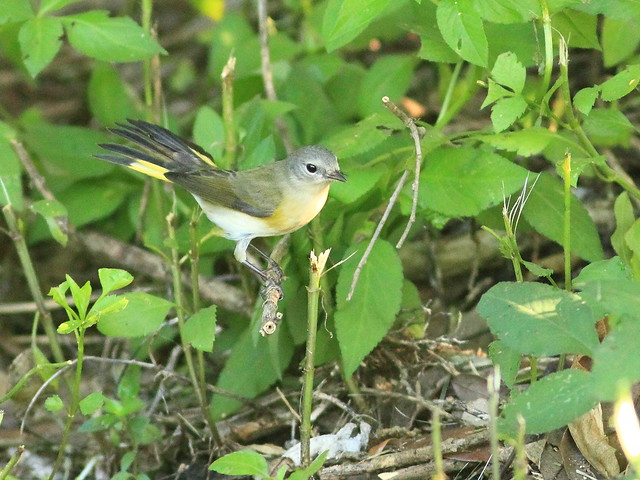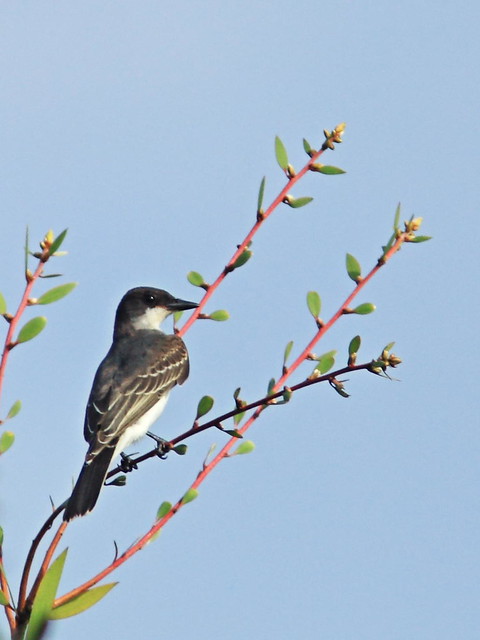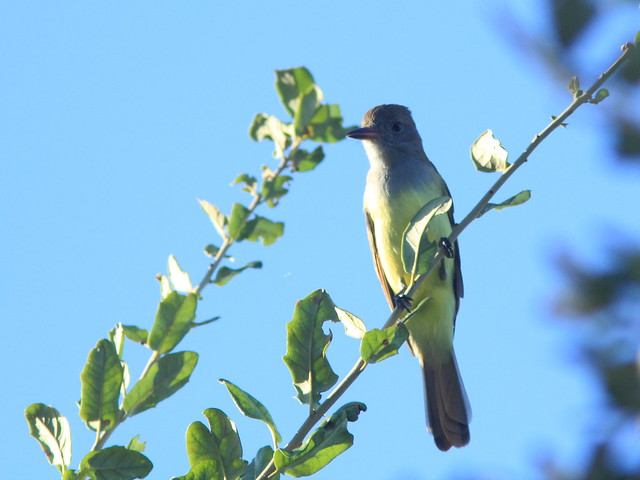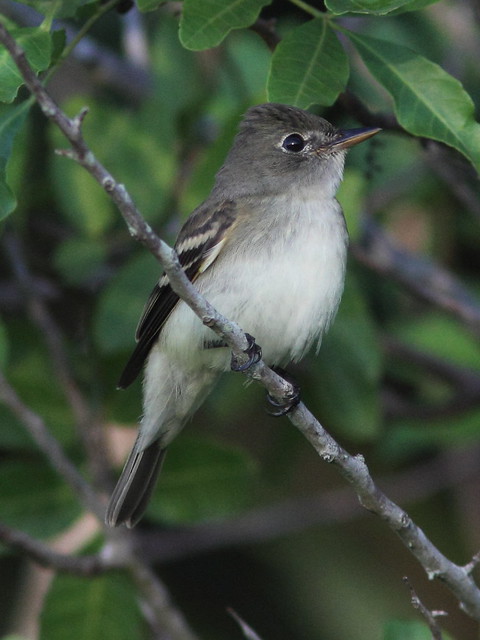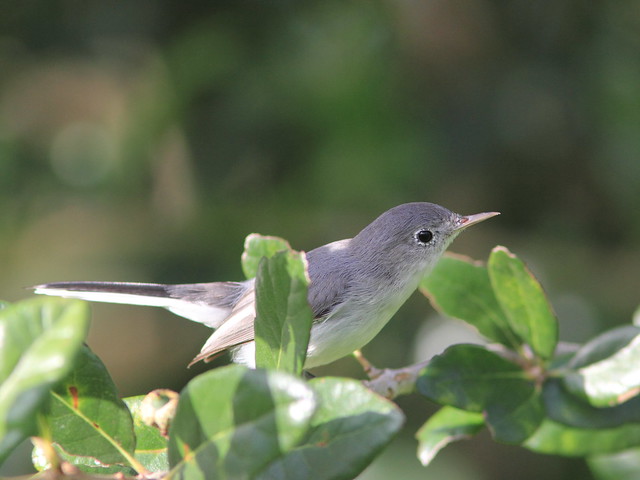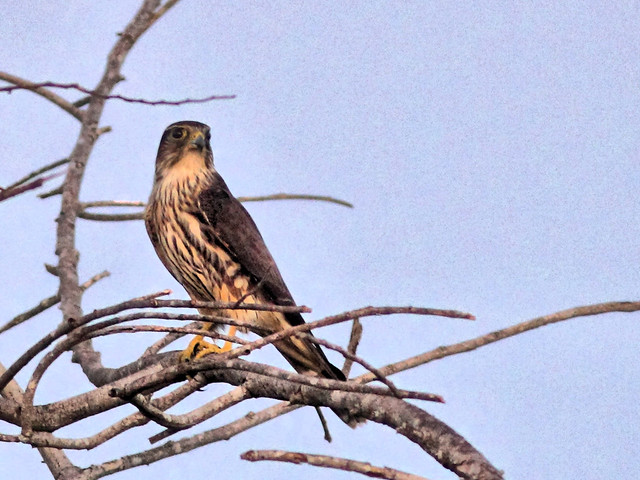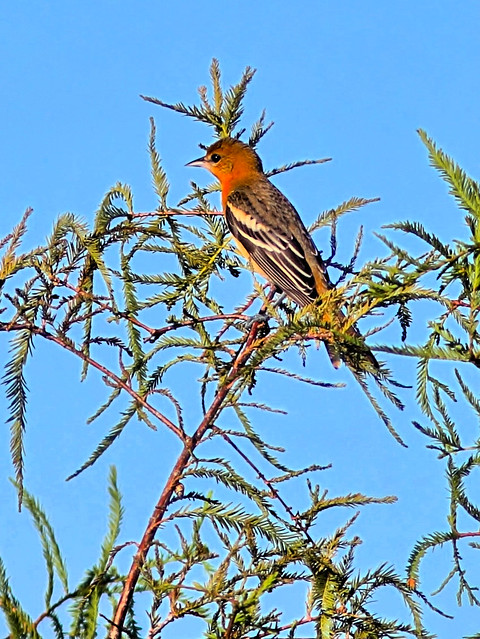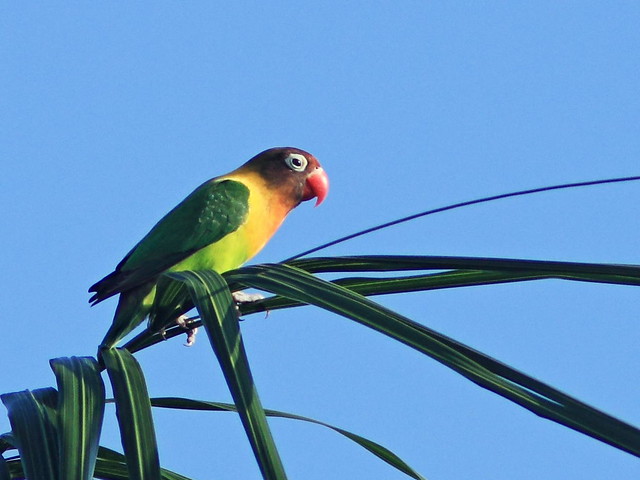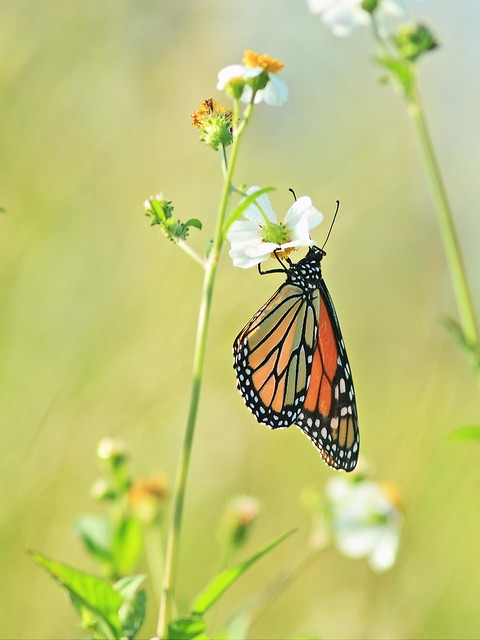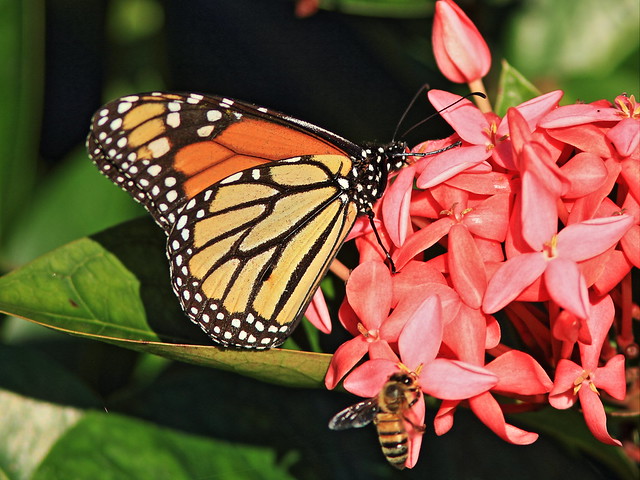Last weekend we celebrated a rare Seasonal Blue Moon. The usual Blue Moon occurs when there is a second full Moon in a single month. The second during any one of the four seasons is called a Seasonal Blue Moon. The latter is a bit less frequent, but both happen about every two or three years. Both may rarely occur in a single year, as happened in 2018, but this will not be seen again until 2037, a few days before my 102nd Birthday.
When there is a full Moon, we enjoy getting out early to watch it set into the lake from a vantage point about a 15 minute walk from our home. Best viewing occurs during the half hour before moonset, but on Saturday morning it was too early for us. The nearly-full Moon set around 6:00 AM and disappeared from the clear sky just as we started out on our walk.
Steven, a friend and very accomplished birder, accompanied me. As usual, MaryLou broke ranks and power-walked a mile out and we were only about halfway in when, on her way back home, she blew past us in the dark. Steven sought three target birds. The first was the Barn Owl, which we encountered very soon. A pair have been breeding in the hollow tops of dead Royal Palms. I "discovered" them in 2015, but did not find nest #1 until 2019. They occupied nest #2 this past breeding season, raising one owlet which fledged in February. For the past month the pair have been roosting on a third dead palm just to the north of nest #2. This was where we heard and then saw it on Saturday. Much too dark for photos.
A Chuck-wills-widow, the second of Steven's target species, treated us to a nocturnal fly-by. Again, no photos.
We reached the extinct heron rookery before sunrise. An unseen Green Heron called out. Steven caught sight of a cluster of three Yellow-crowned Night-Herons high in a tree and silhouetted against the brightening eastern sky. My best photos were horrible:
As the sky brightened, Steven's eagle eyes spotted (yes, an immature Bald Eagle, but also) what, at first, appeared to be a large nest. On closer inspection, it was a family of Raccoons. As their parents remained curled up asleep in the branches above them, two youngsters stared back intensely:
A few days earlier, on August 16th I had located an Alder Flycatcher near the entrance to the Wounded Wetlands. This was the priority bird for Steven, but it failed to appear this morning:
Steven did locate a Great Crested Flycatcher which I had overlooked:
The next morning I hoped to photograph the setting of the Blue Moon just before sunrise. However, it was barely visible through the murky sky, tinged brown by a huge cloud of Saharan dust:
Other sightings this past week have been a Monarch butterfly on the flowers of Firebush:
On August 16, before the dust storm, we enjoyed a pastel sunrise:
= = = = = = = = = = = = = = =
Linking to:
Skywatch Friday
Weekend Reflections
Saturday's Critters
BirdD'Pot
Camera Critters
All Seasons
Wordless Wednesday (on Tuesday)
Natasha Musing
Our World Tuesday
Please visit the links to all these posts to see some excellent photos on display
________________________________________________

